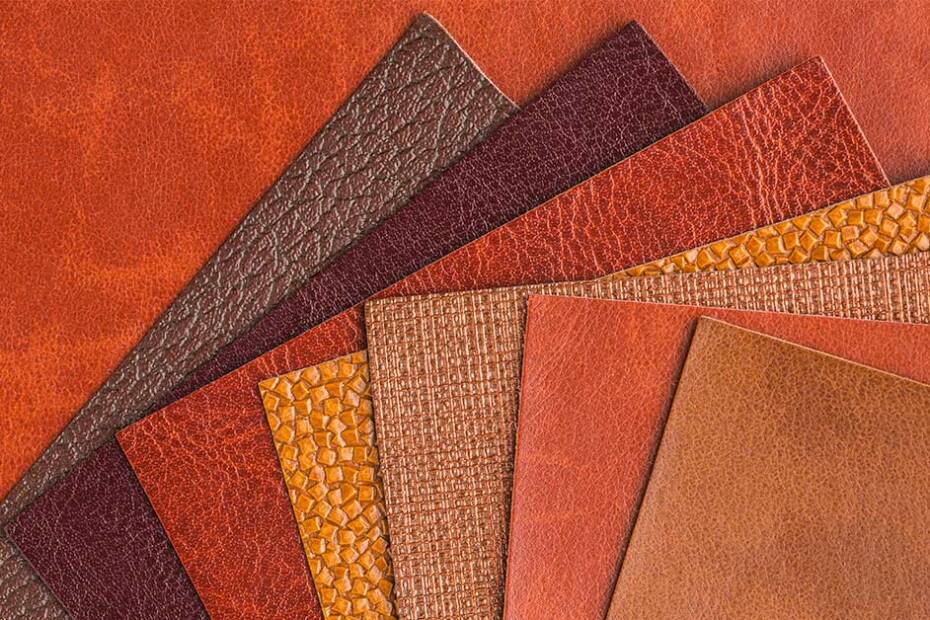Leather is one of the oldest luxury items known to mankind. It is a timeless and versatile material that has been celebrated for centuries due to its accessibility and versatility.
When you are purchasing a leather item, you have to keep a lot of factors in mind, but do not worry, and do not get overwhelmed. We are here to help you out in this blog.
We will tell you how to identify the right leather so that you can make the right decision.
How to Spot High-Quality Leather
When you are trying to spot high-quality leather, it can be challenging, especially if you’re not familiar with the characteristics of good leather.
Here are some tips to help you identify high-quality leather.
- Look for texture and grain: When you are looking for genuine leather, look for its imperfection. Real leather is renowned for its natural, imperfect texture. These imperfections, such as scars, wrinkles, and pores, tell a story of authenticity and add character to the leather. High-quality leather typically boasts a consistent and tight grain pattern. Conversely, lower-quality leather may feature a stamped or artificial grain pattern, a clear sign of lesser craftsmanship. So, look out for stories and not fake stamps that are trying to tell you a fake story.
- Feel it and get the softness and suppleness right: When you go out to check different types of leather, you will observe one thing, and that is? One of the most telling signs of high-quality leather is its luxurious softness and suppleness. When you touch it, it should feel inviting and flexible, readily conforming to your hand’s movement. When gently bent, quality leather forms a crease but doesn’t crack. If you notice cracking or stiffness, it’s likely a lower-quality alternative. Real leather is flexible, and it does not wear off easily. It takes time, and you should check if your products are lasting longer or not.

- Take a sniff and smell it: When it comes to authentic leather, it exudes a distinctive, pleasant scent—often described as earthy or leathery. This natural aroma results from the tanning process and is an indicator of genuine leather. Conversely, fake or low-quality leather may emit chemical or plastic-like odors, an immediate red flag. So take a sniff, do not be shy, and smell the product. It is one of the easiest ways to find out if the leather is real or fake.
- Watch out for thickness: When it comes to finding out the quality of leather, then look for the thickness. High-quality leather tends to be thicker and more substantial. The thickness can vary depending on the intended use; for example, a leather belt will be thicker than a jacket. Regardless, it should convey a sense of durability and longevity.
- Look at the stitches: When you are buying a leather material, do not forget to examine the stitching on leather items with seams. Quality leather products showcase impeccable craftsmanship with neat, evenly-spaced stitching. Remember that uneven or loose stitching suggests poor attention to detail and a lower-quality product.
- Check the colors: When you are researching quality leather, it tends to display a rich, natural color that matures over time. As it ages, it often deepens and develops a unique patina, a testament to its authenticity. Be cautious of leather items that appear overly glossy or unnaturally bright in color, as these may have been artificially treated.


- Water-resistant: Want to check the quality of your leather? Look for its resistance. High-quality leather exhibits some degree of water repellency. When a small amount of water is dripped onto it, the water should bead up and roll off rather than quickly soaking in. However, remember that even good leather can be damaged if excessively soaked, so it’s essential to exercise caution while you check the quality of the leather.
- Branded v/s non-branded leather: You should buy from trusted brands with a history of producing quality leather goods that are more likely to provide genuine, high-quality leather products. Research the manufacturer or seller’s reputation to gauge their commitment to quality. So that you can get assurance while buying the product. Not all non-branded leathers are unreal, but looking for branded leather saves time.
- Check out the price: Check out the price of the product. While price alone isn’t the sole indicator of leather quality, unusually low prices should raise suspicion. High-quality leather demands a higher cost due to superior materials and skilled craftsmanship. Be wary of products that seem too good to be true in terms of affordability. Looking at the price also gives you time to think about your decision and help you if you have made the right one.
- Ask questions: When you have any kind of doubt, ask. Seek information from the seller or manufacturer about the leather’s source, tanning process, and any certifications they may have. Reputable sources readily provide these details, enhancing your confidence in the authenticity and quality of the leather product you’re considering.
If you have been looking forward to settling for a decent furniture choice, you can also check our detailed guide on palliser furniture reviews which will help you to make up your room in the best possible manner.
Conclusion
When you are trying to spot high-quality leather, then you should look out for the points shared above.
Always remember that high-quality leather will stand out, and if you have any questions, do not shy away from asking questions. You are spending your money, and you deserve the product you want.
If you are someone who is looking for different ways to spot luxury products, then follow our blog.